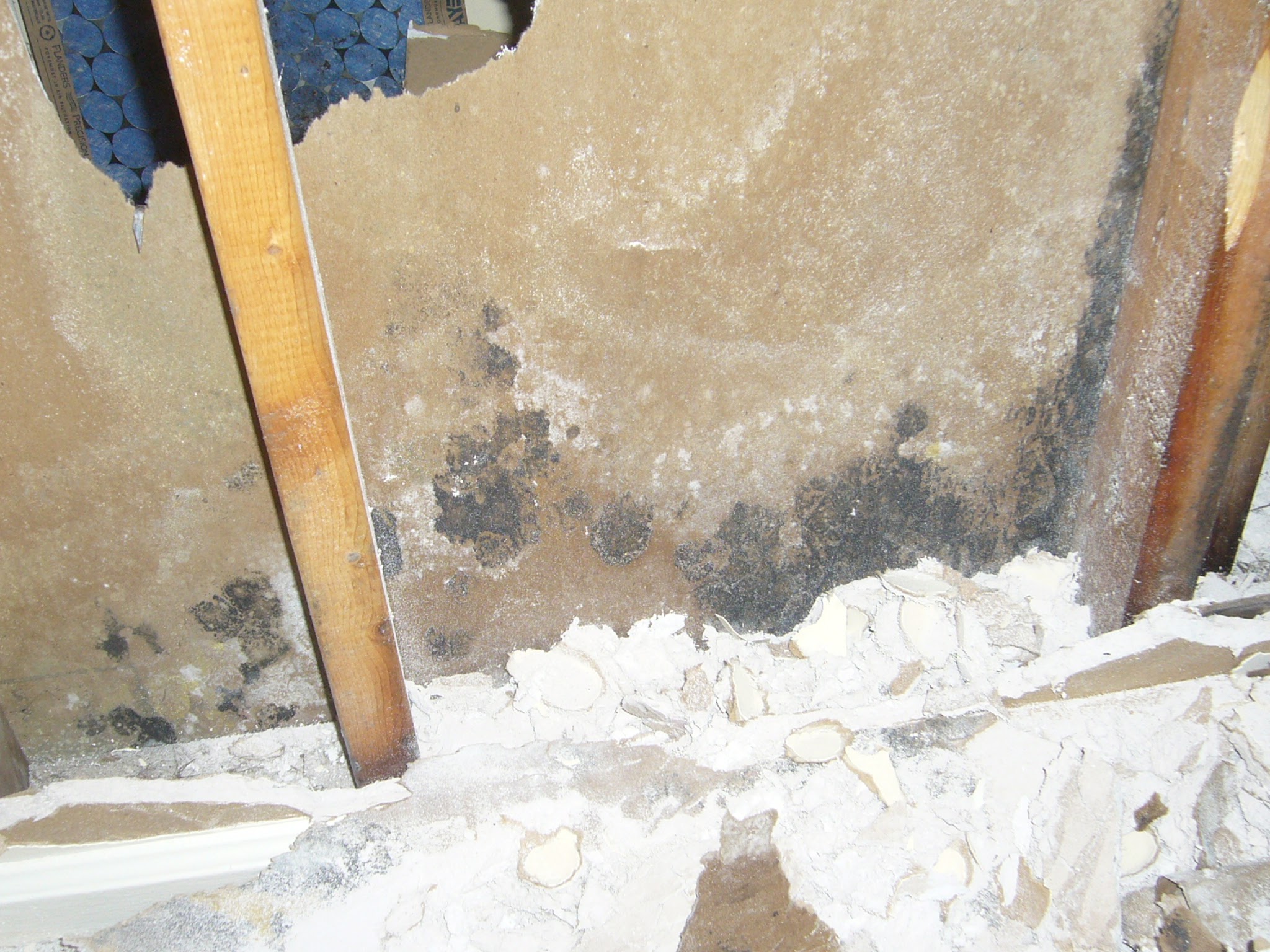Just How to Avoid Bathroom Water Damage
Just How to Avoid Bathroom Water Damage
Blog Article
Just about every person maintains their personal idea about How to Prevent Bathroom Water Damage.

The restroom is very prone for damp build-up as well as possible water damages as a result of the constant use water in it. This write-up offers basic examination strategies to aid detecting water damage risks.
The regular use water in the shower room makes it very prone for wet buildup and also possible water damages. By inspecting it routinely, you can decrease water associated damages.
The complying with set of assessments is simple to do and also must be done as soon as in every 3 months in order to maintain your shower room healthy as well as to avoid prospective water problems triggered by the tub, the shower, pipe joints and plumbing, sinks, cabinets, and the toilet
Do not neglect executing these examinations and be thorough while performing them. Remember that these straightforward examinations can conserve you a great deal of money by offering early indications for water damages
Sinks and also Cabinets
Sinks as well as cupboards are subjected to moisture and moisture day-to-day as well as are typically neglected. Inspect regularly under the sink and also on the counter top above it. Repair any kind of drip in the catch as it may suggest drainpipe issues. Take a look around the sink, slow-moving draining pipelines may indicate an obstructed drainpipe. Replace sink seals if they are cracked or loosened.
Tub and also Shower
The shower as well as tub require special focus and also upkeep. Inspect the tiles and also change if split. Ensure that there is no missing grout between the tiles. Evaluate as well as replace cracked caulking at joints where the wall surfaces satisfy the floor or the bathtub. Obstructed drains pipes and pipes troubles will prevent the bath tub from drying out as well as may show major problems under the tub. Speak with a specialist promptly to avoid structural damage. Pay attention to stainings or soft locations around the bathtub wall surfaces as they may show an interior leakage.
Plumbing
Signs for water damage are tough to discover given that many pipelines are installed inside the wall surfaces.
Pay unique interest to floor covering and wall surfaces moisture as well as discolorations as they may show an unnoticeable plumbing issue. Examine wetness degrees in adjoining spaces too.
The Toilet
The commode is a vulnerable water junction. Examine the water lines and search for leakages around the toilet seat, in the pipe, and also under the water tank. If you find any indications of dampness on the floor around the bathroom, look for leakages in the toilet rim as well as container seals.
Be aware that hanging bathroom dish deodorants enhances the opportunities for clogs.
Water Damage Signs In The Bathroom To Avoid Cleanup
Musty smell
This is one of the easiest signs to catch because musty smells are so odorous. The damp, earthy, moldy smell should be a big red flag. The smell will develop when moisture gets trapped in surfaces, and begins to facilitate mold growth. Leaking pipes under cabinets, inside walls, and behind shower fixtures will cause moisture to stay trapped and not dry, which will lead to mold growth and spread. As soon as you notice any musty smells in your bathroom, have it checked for hidden water damage and cleanup signs.
Visible mold
If the smell isn’t there to give it away, sometimes you will actually see mold growth. Finding mold in your bathroom is a serious problem, because mold is very harmful to your health. By the time mold growth is visible, it also means that water damage has already occurred and been present for some time. The only way the mold problem can be resolved is to find the source of the moisture and get it stopped. To safely and adequately remove mold, you need to have professionals handle the remediation. Do not waste any time in getting mold problems addressed, fixed, and sanitized so that you can protect you and your family from the many respiratory symptoms caused by mold exposure.
Damaged floors
Bathroom floors should be able to withstand some exposure to water while still remaining in good condition. However, when excess exposure or water leaks occur, they will begin to damage even the most water-resistant flooring. If you notice any cracking, bubbling, staining, or warping on your bathroom floors, there is probably a water leak somewhere causing the distortion. If you notice areas of the floor have become softer, or even have a spongy feeling, there is probably damage to the subfloor. Subflooring is typically made up of plywood. When plywood is exposed to water or moisture, it will absorb it. Once it has become saturated, the weight of the excess water will cause the wood to swell and soften. Check the floors in your bathroom frequently to catch any of these sings before they lead to damaged subflooring.
Changes on walls
When water leaks behind walls, it will cause changes in the drywall. Peeling plaster, blistering paint, and soggy wallpaper are all good indicators that excess water is building up behind the wall. Water leaking behind drywall will cause it to swell and be soft to the tough. If you start to notice gaps along the trim of your walls, or where tile meets the wall, it could also be a strong indicator that there is a leak behind the wall. Any changes, distortion, or damage on the walls should be evaluated as soon as you notice it to prevent further water damage and cleanup.

I have been very excited about Common Causes of Water Damage in a Bathroom and I hope you enjoyed our article. Are you aware of another person who is very much interested in the subject? Feel free to share it. Thanks so much for going through it.
Maintenance Sign-Up Report this page